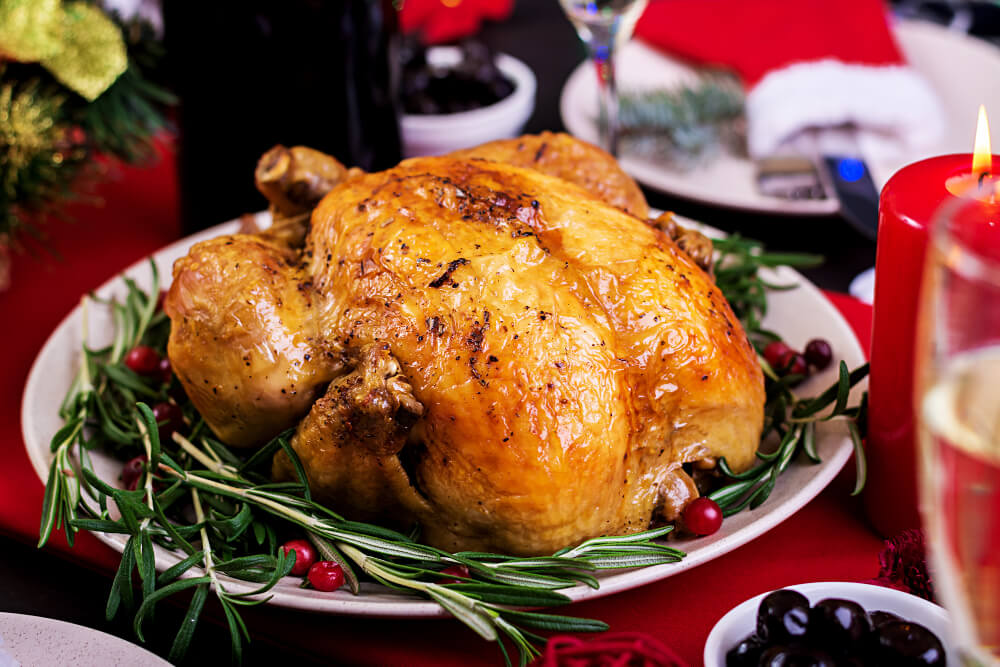
Have you ever gone to chop some vegetables, only to find that your cutting board isn't level anymore? It's frustrating to have a warped cutting board, especially when you're trying to cook a meal quickly. But don't worry, there's a simple fix that will save your board and your sanity.
In this article, we'll show you how to fix a warped cutting board using some basic woodworking techniques. Whether you have a wood cutting board or a butcher block, we'll explain the science behind why it's become warped, and how you can flatten it back out. By understanding the wood fibers and the concave shape of the board, you'll be able to restore it to its former glory in no time.
So grab your colander and let's get started!
What is the Best Way to Fix a Warped Wood Cutting Board
Iron Method
The Iron Method is an effective way to straighten out a warped cutting board made from end grain maple or similar materials. This method focuses on using heat to make the wood fibers malleable and reshape the board.
Step 1:Place a damp kitchen towel on a flat surface, such as a countertop. The entire board should be covered with the towel to avoid direct contact with the heat source.
Step 2:Place the board on top of the damp towel, with the concave side facing down.
Step 3:Apply a hot iron to the exposed side of the board, working in circular motions. The heat will cause the wood fibers to expand and help straighten the board.
Step 4:Periodically check the board's progress. Once it's straightened, remove it from the heat and let it air dry.
Step 5:Apply a layer of beeswax or a similar sealant and let it sit for some time before using. This will help the board prevent future warping.
Steam Method
The Steam Method is another option for fixing a warped cutting board. It involves using steam to make the wood fibers more malleable and reversible.
Step 1:Submerge the cutting board in water for a few hours, making sure the entire board is covered. This will help the wood fibers to expand and become more flexible.
Step 2:Remove the board from the water and place it on a flat surface, such as a countertop.
Step 3: Use a sponge to remove any excess water and place a heavy object on top of the board to help it maintain its shape.
Step 4:Use a steamer or the steam setting on an iron to apply steam to the warped side of the board. The steam will make the wood fibers more malleable, allowing the board to straighten.
Step 5: Let the board air dry, and once it's dry, apply a layer of beeswax or another sealant. This will keep your cutting board fresh and help prevent future warping.
Force and Water Method
The Force and Water Method is a popular choice for fixing warped cutting boards, as it combines the benefits of both water and pressure.
Step 1:Submerge the cutting board in water for a few hours. This will cause the wood fibers to expand and help straighten the board.
Step 2: Remove the cutting board from the water and place it on a flat surface, such as a countertop. Place a heavy object on top of the board to help maintain its shape.
Step 3:Allow the cutting board to air dry. As the board dries, the pressure from the heavy object will help to straighten it out.
Step 4:Once the board is completely dry, apply a layer of beeswax or another sealant to the entire board to help prevent future warping.
Grass and Sun Method
The Grass and Sun Method is a natural and environmentally friendly option for fixing a warped cutting board. This method utilizes the power of the sun to straighten the wood.
Step 1:Place the cutting board flat in a flat surface, such as a countertop. Wet one side of the board with a damp cloth or sponge.
Step 2: Place the cutting board outside, with the damp side facing up.
Step 3:The sun's heat will cause the wood fibers to expand on the damp side, while the dry side will contract. As the board is exposed to the sun, the combination of moisture and heat will help straighten the warped wooden cutting board.
Step 4:Keep an eye on the progress of the board. Depending on the severity of the warp, this process may take anywhere from a few hours to a full day. Be sure to monitor the board and reapply water if needed.
Step 5:Once the cutting board has warped back into shape, bring it inside and allow it to air dry completely.
Step 6: Apply a layer of beeswax or another sealant to the entire board to help prevent future warping.
Keep in mind that while these methods work for most cutting boards, the wood will still retain some memory of its previous shape. Therefore, it's essential to take preventative measures to avoid future warping. Some tips for preventing warping include:
-
Avoid submerging your cutting board in water for extended periods or placing it in a dishwasher, as excessive moisture can cause the wood to warp.
-
Store your cutting board on a flat surface or hang it vertically to prevent uneven pressure on the wood.
-
Regularly maintain your cutting board by applying a beeswax or mineral oil sealant to keep the wood hydrated and resistant to warping.
What Causes Cutting Board Warping

Cutting board warping is often a result of a combination of heat and moisture affecting the wood fibers. When the board doesn't dry evenly, the wood fibers on one side may contract while the other side remains swollen.
This imbalance can cause the board to warp. Additionally, improper cleaning and storage methods, as well as insufficient maintenance, can contribute to cutting board warping.
For example, placing a wet cutting board on a flat surface without proper airflow or submerging it in water for extended periods can lead to warping. Using the board fixes mentioned above, you can address this issue and prevent your cutting board from becoming permanently damaged.
How to Prevent Your Wooden Cutting Board from Warping
To prevent your wooden cutting board from warping, follow these steps:
Oil board regularly
Applying a protective oil, such as mineral oil or beeswax, helps to hydrate the wood and maintain its structural integrity. This prevents the wood fibers from contracting and swelling, which can cause warping.
Dry the board properly
After washing your cutting board, place it on its SIDE or on top of a colander to allow air to circulate around it, promoting even drying. Avoid leaving the board on a wet towel or a damp surface for extended periods.
Avoid excessive heat and moisture
Do not place your cutting board in a dishwasher or expose it to high heat sources. Excessive heat can cause the wood fibers to expand unevenly, leading to warping.
Store the board correctly
Store your cutting board on a flat surface or hang it vertically to prevent uneven pressure on the wood, which can contribute to warping.
By understanding the causes of warping and taking the necessary precautions to prevent it from happening, you can keep your wooden cutting board in top condition for years to come. Implementing these measures can save you time and effort in trying to repair a warped board and ensure your cutting board remains a useful and attractive addition to your kitchen.
Conclusion
In conclusion, a warped cutting board can be a frustrating and challenging problem to deal with, but with the right technique, it's easy to fix. Whether you choose the Iron Method, Steam Method, Force and Water Method, or Grass and Sun Method, you can straighten your board and prevent future warping.
By taking preventive measures, such as proper cleaning and maintenance, you can keep your cutting board in top condition for years to come.
Related Articles
- Wood vs. Plastic Cutting Boards Which One Is the Best?
- Bamboo vs Wood Cutting Boards: The Pros & Cons You Need To Know
- How To Clean a Wood Cutting Board Like a Pro: Simple and Easy Tips
- Best Wood for Cutting Boards, the Ultimate Guide
- Why Use a Cutting Board Oil Applicator?
- Cutting Board Oil: What Is the Best Oil for Wood Cutting Boards?
- How to Refinish a Wood Cutting Board and Make It Look Like New
- Is Oak Good for Cutting Boards - Best Wood for Cutting Board Guide
Products You Might Like
At Mevell, we offer high-quality walnut and oak wooden cutting boards that are 100% Canada-made. Our cutting boards are designed to last, with durable wood fibers that won't warp or crack easily. With proper maintenance, Mevell cutting boards will last for years, making them a valuable investment for any kitchen.
Choose Mevell wooden cutting boards for a hygienic and safe cutting surface that will protect your knives and provide a comfortable cutting experience.



